Home>Gardening & Outdoor>Outdoor Recreation & Activities>How To Build My Own Swimming Pool
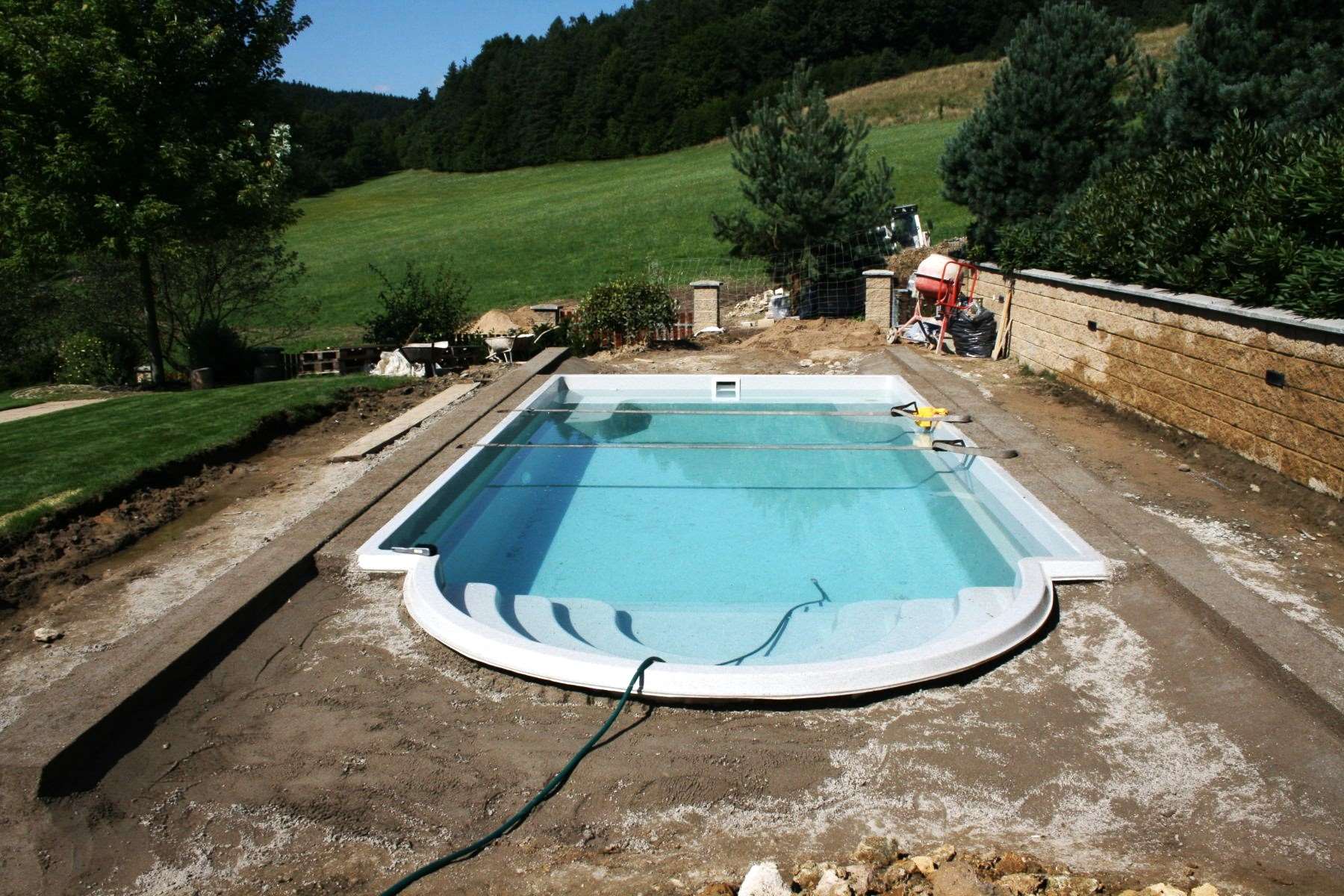

Outdoor Recreation & Activities
How To Build My Own Swimming Pool
Modified: August 27, 2024
Learn how to create your own swimming pool with our outdoor recreation and activities guide. Discover the steps, tips, and resources you need to build your dream pool. Start your DIY project today!
(Many of the links in this article redirect to a specific reviewed product. Your purchase of these products through affiliate links helps to generate commission for Storables.com, at no extra cost. Learn more)
Introduction
So, you've been dreaming about having your own swimming pool, a place where you can relax, exercise, and create lasting memories with family and friends. The idea of having a private oasis right in your backyard is undoubtedly enticing. However, the process of building a swimming pool can seem daunting at first. From planning and design to obtaining permits, excavation, installation, and finishing touches, there are numerous steps involved in bringing your vision to life.
In this comprehensive guide, we will walk you through the entire process of building your own swimming pool. Whether you're envisioning a sleek, modern design or a naturalistic oasis, understanding the steps involved will empower you to turn your dream into a reality. From the initial planning stages to the final touches, each step plays a crucial role in creating a pool that not only meets your aesthetic preferences but also aligns with your functional needs.
By following this guide, you'll gain valuable insights into the various considerations that come into play when building a swimming pool. From choosing the right location in your backyard to navigating the permit process and selecting the ideal pool structure, this journey will equip you with the knowledge and confidence to embark on this exciting project.
As we delve into each step, you'll discover the importance of meticulous planning, precise execution, and attention to detail. While the process may seem intricate, the end result—a stunning, personalized swimming pool—will undoubtedly make it all worthwhile. So, let's embark on this journey together, as we explore the steps involved in bringing your dream swimming pool to life right in your own backyard.
Key Takeaways:
- Planning and designing your swimming pool is crucial. Consider your purpose, collaborate with a professional, and set a realistic budget to create a pool that reflects your lifestyle and meets your needs.
- Navigating the permit process, excavation, and installation are pivotal. Attention to detail, compliance with regulations, and skilled craftsmanship bring your dream swimming pool to life.
Read more: How To Build A Swimming Pool With Bricks
Step 1: Planning and Designing Your Swimming Pool
The initial step in building your own swimming pool is the crucial phase of planning and designing. This stage sets the foundation for the entire project, shaping the aesthetics, functionality, and overall appeal of your future oasis. To begin, consider the purpose of your pool. Are you envisioning a space for relaxation, exercise, or entertainment? Understanding your primary objectives will guide the design process and help determine the size, shape, and features of your pool.
Next, evaluate your backyard space to identify the most suitable location for the pool. Factors such as sunlight exposure, existing landscaping, and proximity to utilities will influence the placement of your pool. Additionally, consider the surrounding environment and architectural elements to ensure that the pool seamlessly integrates with the overall design of your outdoor space.
Once you have a clear vision of your ideal pool, it's time to collaborate with a professional pool designer or architect. Their expertise will be invaluable in translating your vision into a detailed plan. Together, you'll explore various design options, materials, and potential enhancements such as water features, lighting, and landscaping. The designer will also consider factors like drainage, safety regulations, and accessibility to ensure that the design aligns with local building codes and regulations.
During the planning phase, it's essential to establish a realistic budget for the project. Consider the costs associated with excavation, construction, materials, and additional features. By setting a clear budget from the outset, you can make informed decisions and avoid potential financial surprises as the project progresses.
Furthermore, take the time to explore different pool styles and construction methods. Whether you opt for a traditional concrete pool, a sleek fiberglass design, or a naturalistic lagoon, each option comes with its own set of considerations and benefits. Understanding the pros and cons of each type will empower you to make an informed choice that aligns with your preferences and budget.
In essence, the planning and design phase is an opportunity to lay the groundwork for a pool that reflects your lifestyle, complements your outdoor space, and meets your practical needs. By investing time and attention into this stage, you'll set the stage for a smooth and successful transition to the subsequent steps of building your dream swimming pool.
Step 2: Obtaining Permits and Approvals
Before breaking ground on your new swimming pool, it's essential to navigate the regulatory landscape by obtaining the necessary permits and approvals. Building a pool typically involves compliance with local building codes, zoning regulations, and safety standards. Failing to secure the required permits can lead to costly delays, fines, or even the halting of the construction process.
The first step in this process is to research the specific requirements and regulations governing pool construction in your area. This may involve contacting your local municipal or county building department to inquire about the necessary permits and approvals. Understanding the regulatory framework will provide clarity on the steps you need to take to ensure compliance with the law.
Once you have a clear understanding of the permit requirements, you can begin the application process. This often involves submitting detailed plans and specifications for your pool, including the proposed location, dimensions, and construction materials. Depending on your location, you may also need to provide engineering reports, drainage plans, and documentation demonstrating compliance with safety standards.
After submitting your application, it will undergo a review process by the relevant authorities. This review typically assesses the proposed pool design for adherence to building codes, setback requirements, safety barriers, and other relevant regulations. Depending on the complexity of the project and the workload of the permitting office, the review process may take several weeks to complete.
Upon approval of your permit application, you will receive the necessary documentation to proceed with the construction of your pool. It's crucial to keep these permits readily accessible at the construction site, as they may need to be presented to inspectors or other officials during the building process.
In some cases, obtaining permits may also involve scheduling inspections at various stages of the construction process. These inspections serve to verify that the work is being carried out in accordance with the approved plans and applicable regulations. Common inspection points may include the excavation phase, structural construction, plumbing and electrical installations, and the final completion of the pool.
By diligently navigating the permit and approval process, you can ensure that your pool construction proceeds smoothly and in compliance with the law. While this step may involve administrative tasks and regulatory hurdles, it ultimately lays the groundwork for a successful and legally sound pool installation.
In summary, obtaining permits and approvals is a critical step that sets the stage for a seamless and compliant pool construction process. By proactively addressing the regulatory requirements, you can embark on the subsequent phases of building your swimming pool with confidence and peace of mind.
Step 3: Excavating the Area
With the planning and permit acquisition phases successfully navigated, the next pivotal step in building your own swimming pool is the excavation of the designated area. Excavation marks the physical commencement of the construction process, shaping the groundwork for the installation of the pool structure. This phase requires precision, careful planning, and adherence to safety protocols to ensure a successful outcome.
The excavation process typically begins with the marking of the pool's outline on the ground, delineating the exact dimensions and shape. Professional excavation contractors utilize advanced equipment such as excavators, backhoes, or bobcats to carefully remove the soil within the marked boundaries. The depth of the excavation is determined by the pool design and the local building codes, taking into account factors such as the pool's intended use, water depth, and any additional features such as steps or ledges.
During excavation, it's essential to maintain a keen eye on the soil composition and stability. The removed soil is often inspected to ensure that it is suitable for backfilling around the pool structure. Additionally, any unexpected obstacles or underground utilities encountered during excavation must be addressed with caution and expertise to avoid potential complications.
As the excavation progresses, the pool's shape begins to take form, offering a tangible glimpse of the future aquatic retreat. The precision and accuracy of the excavation process are paramount, as they directly impact the structural integrity and aesthetics of the pool. Any deviations from the intended dimensions or contours at this stage can lead to challenges during the subsequent phases of construction.
Once the excavation is complete, the area is meticulously prepared for the next phase, which involves the installation of the pool structure. This may include the placement of steel reinforcement, the creation of a sturdy foundation, and the integration of essential components such as drainage systems. The thoroughness and attention to detail during the excavation phase lay the groundwork for a seamless transition to the subsequent steps of the construction process.
In essence, the excavation phase represents a pivotal moment in the realization of your dream swimming pool. It signifies the transformation of your backyard space, laying the groundwork for the installation of the pool structure and the eventual fulfillment of your vision. By entrusting this crucial phase to experienced professionals and adhering to meticulous standards, you set the stage for the successful progression of the construction process.
This phase is a tangible manifestation of the progress made towards the creation of your own private oasis, marking the transition from planning and preparation to the physical realization of your dream swimming pool.
Before starting to build your own swimming pool, make sure to check local building codes and regulations. It’s important to obtain any necessary permits and approvals before beginning construction.
Step 4: Installing the Pool Structure
With the excavation phase completed, the focus shifts to the installation of the pool structure, a pivotal step that brings your vision of a private oasis one step closer to reality. This phase involves the meticulous placement of the pool's framework, ensuring structural integrity, durability, and the seamless integration of essential components.
The installation process varies depending on the type of pool being constructed. For concrete pools, skilled craftsmen meticulously place steel reinforcement within the excavated area, creating a framework that will provide strength and stability to the pool's structure. This reinforcement is strategically positioned to withstand the forces exerted by the water and the surrounding soil, forming the backbone of the pool's integrity.
Following the placement of the steel reinforcement, the next step involves the creation of a sturdy foundation, often achieved through the meticulous application of concrete. This process demands precision and expertise, as the concrete is carefully poured and shaped to form the shell of the pool. The craftsmanship and attention to detail during this phase are instrumental in ensuring the structural soundness and longevity of the pool.
For fiberglass pools, the installation process involves carefully lowering the pre-fabricated shell into the excavated area. This requires finesse and precision to avoid damage to the pool structure. Once in place, the shell is meticulously leveled and secured, laying the groundwork for the subsequent steps of the installation process.
In both cases, the installation of the pool structure is a transformative phase, as the physical form of the pool begins to take shape. The contours, dimensions, and features of the pool become tangible, offering a glimpse of the aquatic retreat that is soon to grace your backyard.
In addition to the pool shell, this phase also encompasses the integration of essential components such as drainage systems, plumbing connections, and any additional features or enhancements. These elements are carefully incorporated into the pool structure, ensuring seamless functionality and performance.
As the pool structure is meticulously installed, the expertise and precision of skilled professionals play a crucial role in shaping the outcome. Their attention to detail, adherence to industry best practices, and commitment to quality craftsmanship are instrumental in bringing your vision to life.
In essence, the installation of the pool structure represents a significant milestone in the construction process, marking the transition from groundwork to the physical realization of your dream swimming pool. This phase sets the stage for the subsequent steps, bringing you one step closer to enjoying your own private aquatic haven.
Read more: How Long To Build A Swimming Pool
Step 5: Plumbing and Electrical Work
As the pool structure takes shape, the focus shifts to the critical phase of plumbing and electrical work, where the intricate systems that facilitate the pool's functionality and safety are meticulously installed. This phase represents a convergence of precision engineering, technical expertise, and adherence to safety standards, ensuring that the pool operates seamlessly and reliably.
The plumbing installation involves the integration of a network of pipes, valves, and fittings that facilitate the circulation, filtration, and treatment of the pool water. Skilled professionals meticulously design and install the plumbing system, ensuring optimal water flow, efficient filtration, and the seamless operation of essential components such as pumps, filters, and heaters. The plumbing layout is carefully planned to maximize efficiency while minimizing the visual impact, creating a harmonious balance between functionality and aesthetics.
In parallel, the electrical work encompasses the installation of essential components such as lighting, control systems, and safety features. Professional electricians meticulously wire the pool area, ensuring the safe and reliable operation of lighting fixtures, pumps, and other electrical devices. Safety considerations take precedence, with the installation of ground-fault circuit interrupters (GFCIs) and adherence to local electrical codes to mitigate the risk of electrical hazards.
The integration of automation and control systems further enhances the pool's functionality, allowing for convenient operation and management of essential functions such as lighting, temperature control, and water circulation. These systems offer a seamless user experience, empowering pool owners to effortlessly manage and monitor various aspects of pool operation.
Throughout the plumbing and electrical work phase, meticulous attention is given to safety, efficiency, and compliance with industry standards. Skilled professionals leverage their expertise to ensure that the pool's essential systems operate harmoniously, creating an environment where relaxation, recreation, and enjoyment converge seamlessly.
In essence, the plumbing and electrical work phase represents a pivotal stage in the construction process, where the intricate systems that underpin the pool's functionality are meticulously installed. This phase sets the stage for the final touches, bringing the vision of a fully operational and inviting swimming pool one step closer to reality.
Step 6: Adding the Finishing Touches
With the foundational elements of the swimming pool in place, the focus now shifts to the transformative phase of adding the finishing touches. This stage represents the convergence of aesthetics, functionality, and attention to detail, where the pool is elevated from a construction site to a captivating aquatic retreat.
The finishing touches encompass a myriad of elements that collectively contribute to the visual appeal, comfort, and overall ambiance of the pool area. One of the key aspects of this phase is the application of the pool's interior finish. Whether opting for classic plaster, durable aggregate materials, or vibrant tile mosaics, the interior finish plays a pivotal role in defining the pool's aesthetic character. The choice of finish not only influences the pool's visual allure but also contributes to its tactile appeal, creating a surface that is both visually captivating and inviting to the touch.
In addition to the interior finish, the surrounding hardscaping and landscaping elements are meticulously integrated to complement the pool's design and enhance its overall appeal. From elegant coping and decking materials to lush greenery, strategic lighting, and captivating water features, each element is thoughtfully curated to create a harmonious and inviting outdoor oasis. The interplay of textures, colors, and natural elements transforms the pool area into a captivating retreat, inviting relaxation, recreation, and social gatherings.
Furthermore, the installation of essential safety features such as pool fencing, gates, and alarm systems is a crucial component of the finishing touches phase. These elements are meticulously integrated to ensure compliance with safety regulations while providing peace of mind for pool owners and their families. The seamless incorporation of safety features underscores the commitment to creating a secure and enjoyable environment for all who engage with the pool space.
The final phase of adding the finishing touches also encompasses the commissioning of essential systems such as filtration, heating, and circulation, ensuring that the pool operates seamlessly and efficiently. Skilled professionals meticulously test and calibrate these systems, verifying their performance and functionality to deliver an optimal swimming experience.
In essence, the finishing touches phase represents the culmination of meticulous planning, skilled craftsmanship, and a commitment to creating a captivating and functional swimming pool. This transformative stage brings the vision of a private oasis to life, where every detail is thoughtfully considered to create an inviting and harmonious outdoor retreat.
Conclusion
In conclusion, the journey of building your own swimming pool is a testament to the transformative power of meticulous planning, skilled craftsmanship, and unwavering dedication to turning a vision into a tangible reality. From the initial stages of envisioning your ideal pool to navigating the regulatory landscape, excavation, installation, and the addition of finishing touches, each step plays a pivotal role in shaping the outcome. The culmination of these efforts is a captivating aquatic retreat that not only enhances your outdoor space but also creates a haven for relaxation, recreation, and lasting memories.
As you reflect on the journey of building your swimming pool, it becomes evident that this endeavor is not merely about constructing a functional water feature but about creating a personalized oasis that reflects your lifestyle, preferences, and aspirations. The planning and design phase set the stage for a pool that seamlessly integrates with your outdoor space, while the meticulous acquisition of permits and approvals ensured that the construction process proceeded in compliance with regulatory standards.
The physical transformation of the excavation and installation phases brought the vision of a swimming pool to life, shaping the contours, structure, and functionality of the aquatic retreat. The integration of plumbing, electrical systems, and finishing touches elevated the pool from a construction site to a captivating outdoor sanctuary, where every detail contributes to a harmonious and inviting environment.
Ultimately, the journey of building your own swimming pool is a testament to the power of vision, perseverance, and collaboration. It is a journey that transcends the mere construction of a pool, encompassing the creation of a space where relaxation, recreation, and connection converge. As you embark on this transformative endeavor, you not only shape the physical landscape of your backyard but also create a backdrop for cherished moments and joyful experiences.
In the end, the completion of your swimming pool marks the beginning of a new chapter—a chapter filled with the laughter of loved ones, the serenity of tranquil moments, and the joy of having a private oasis right in your own backyard. It is a testament to the fulfillment of a dream and the creation of a space that embodies your unique vision and enhances the quality of your lifestyle.
Frequently Asked Questions about How To Build My Own Swimming Pool
Was this page helpful?
At Storables.com, we guarantee accurate and reliable information. Our content, validated by Expert Board Contributors, is crafted following stringent Editorial Policies. We're committed to providing you with well-researched, expert-backed insights for all your informational needs.
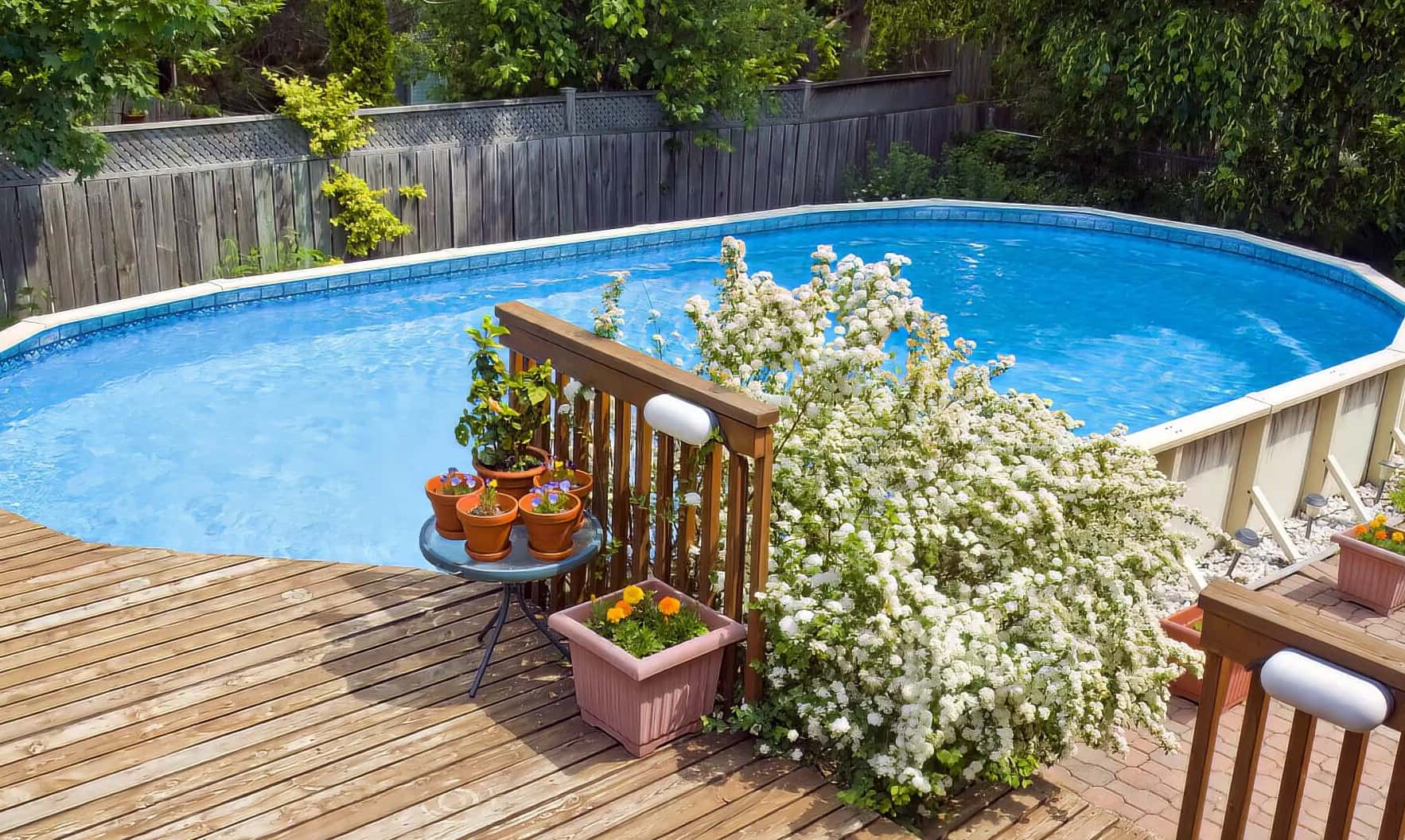
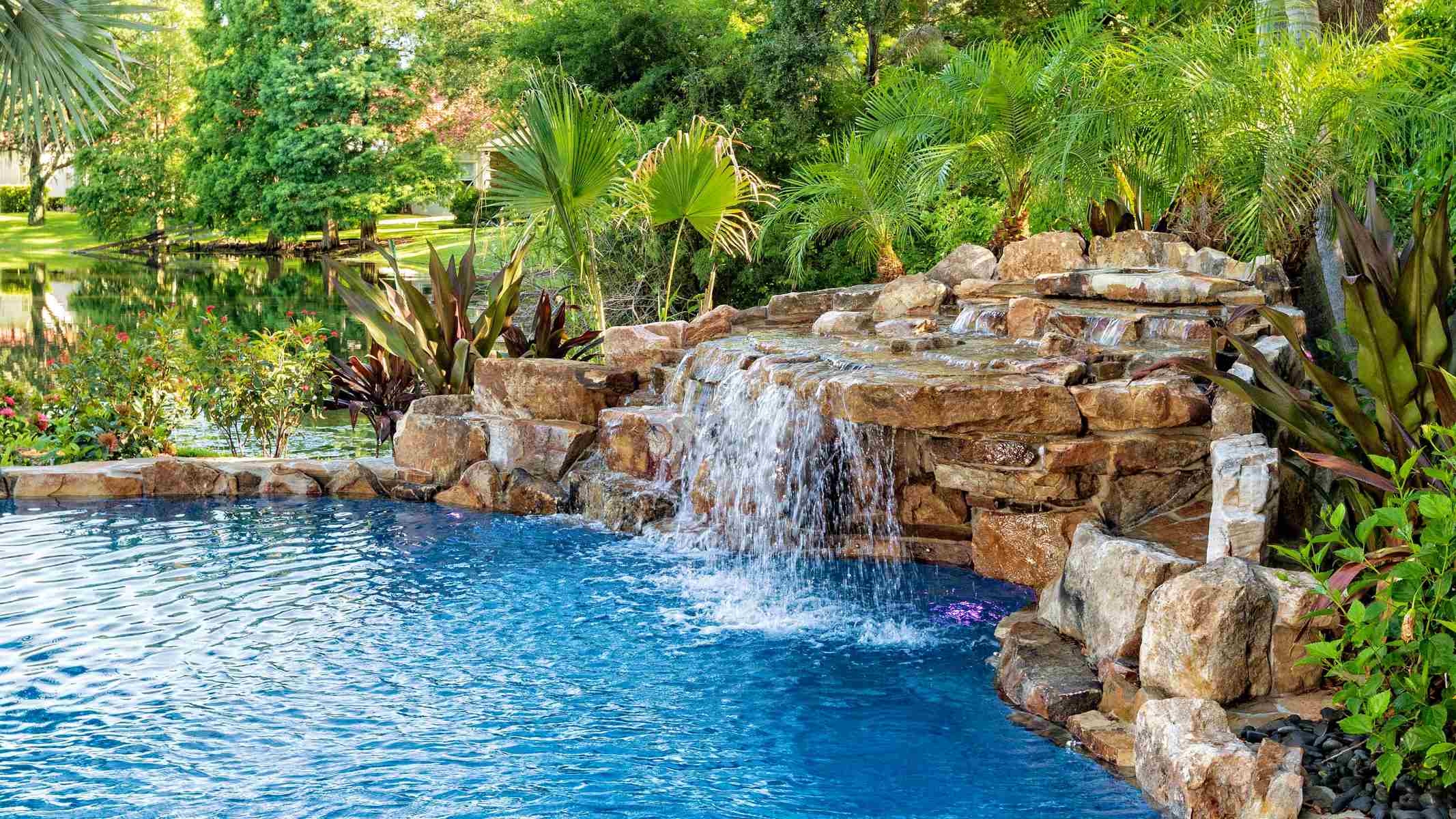
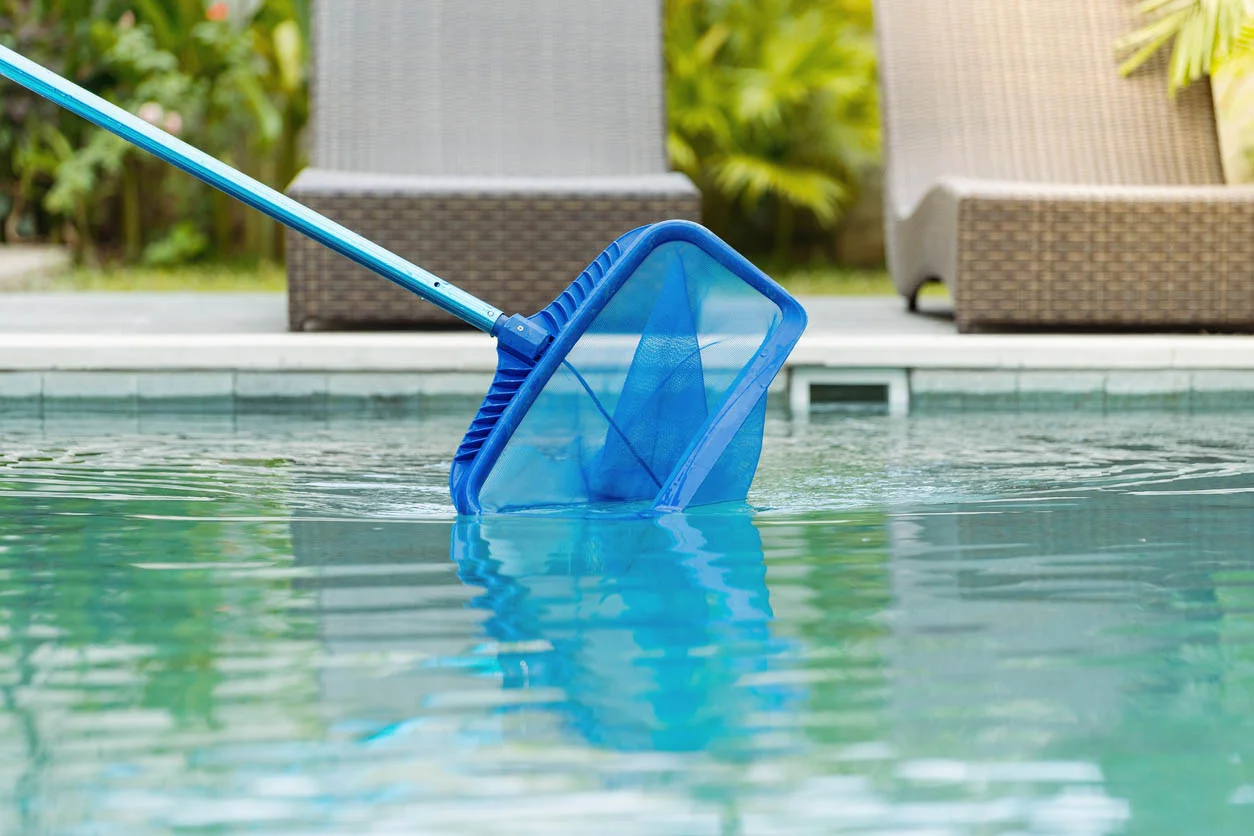
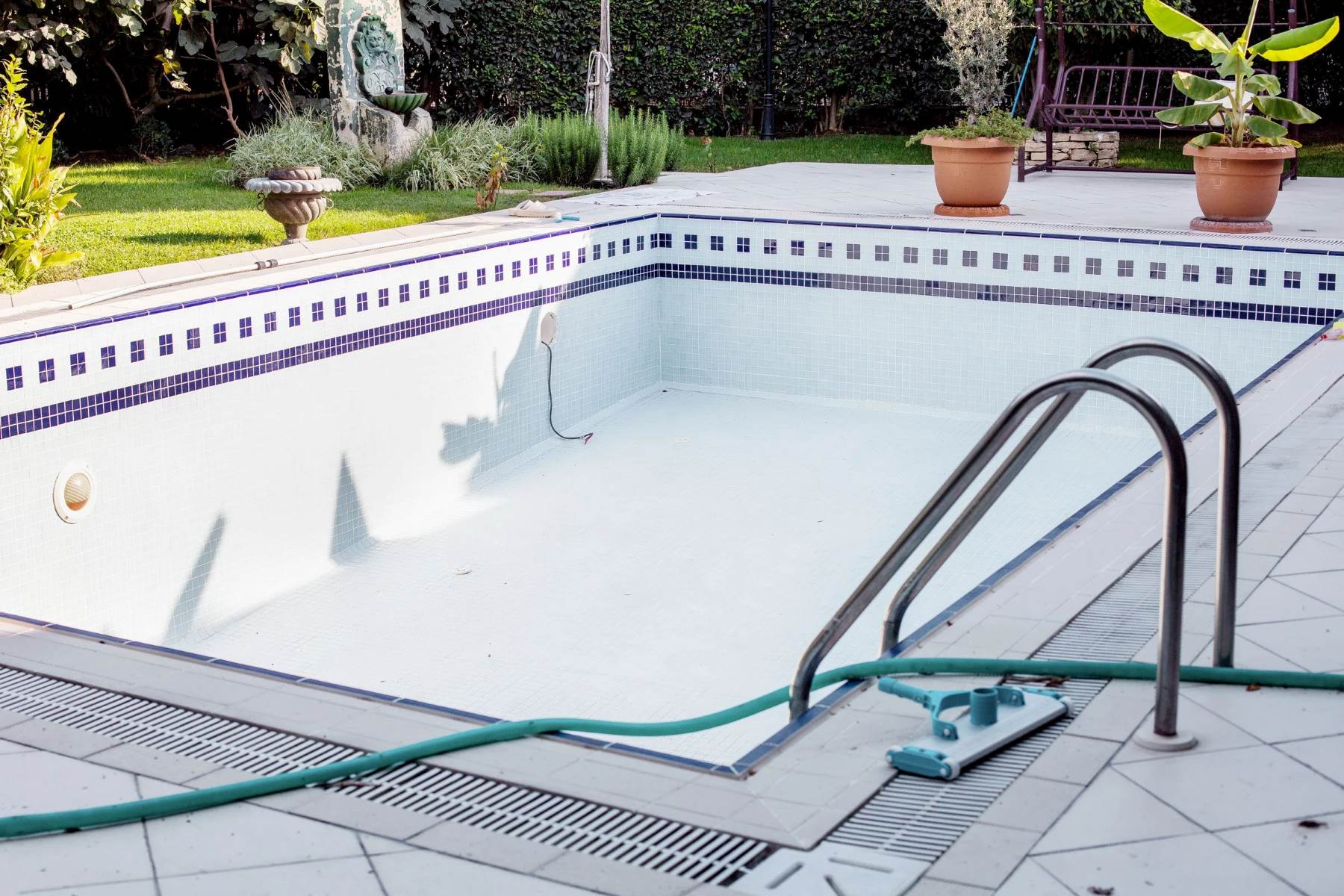
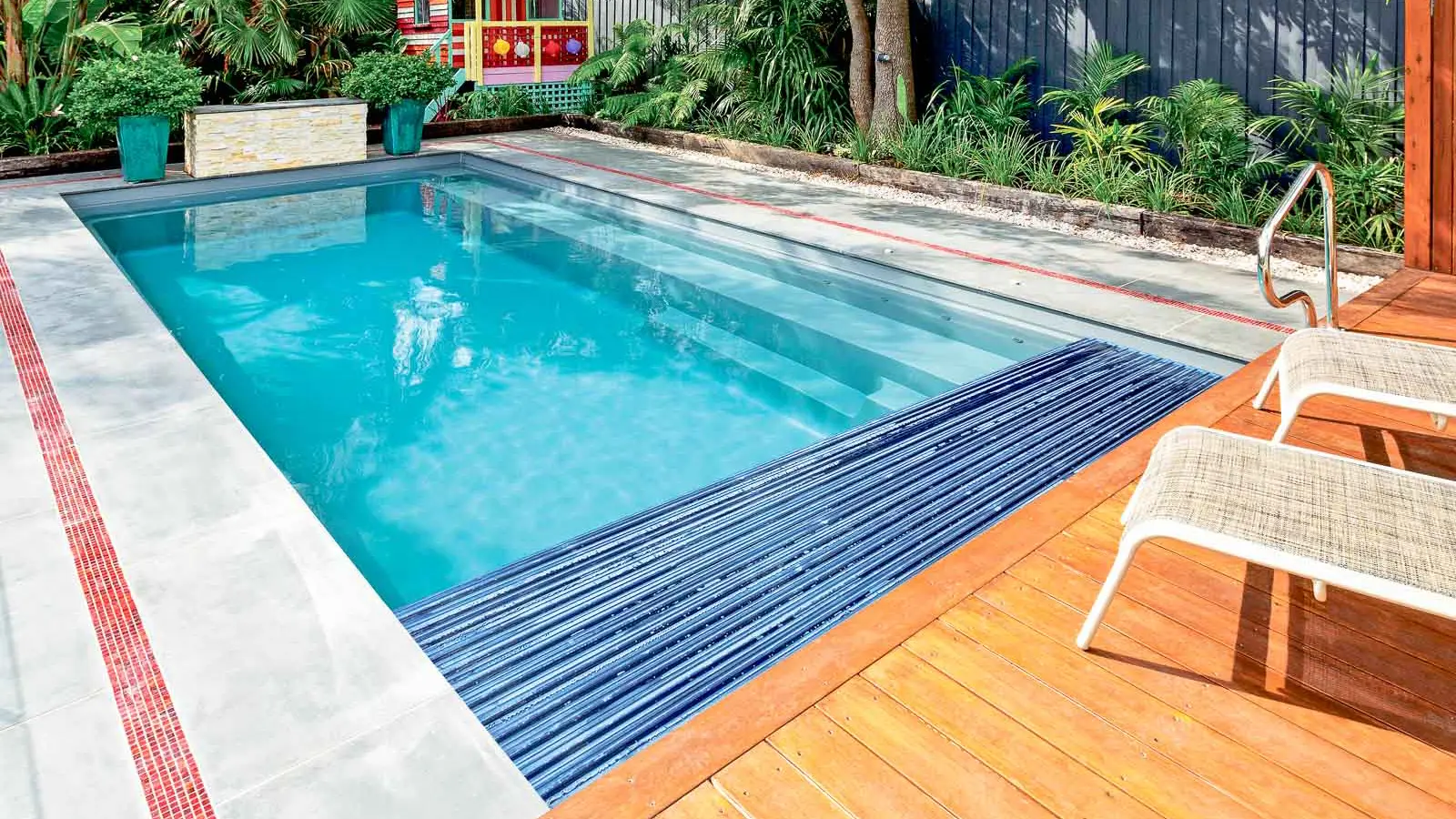

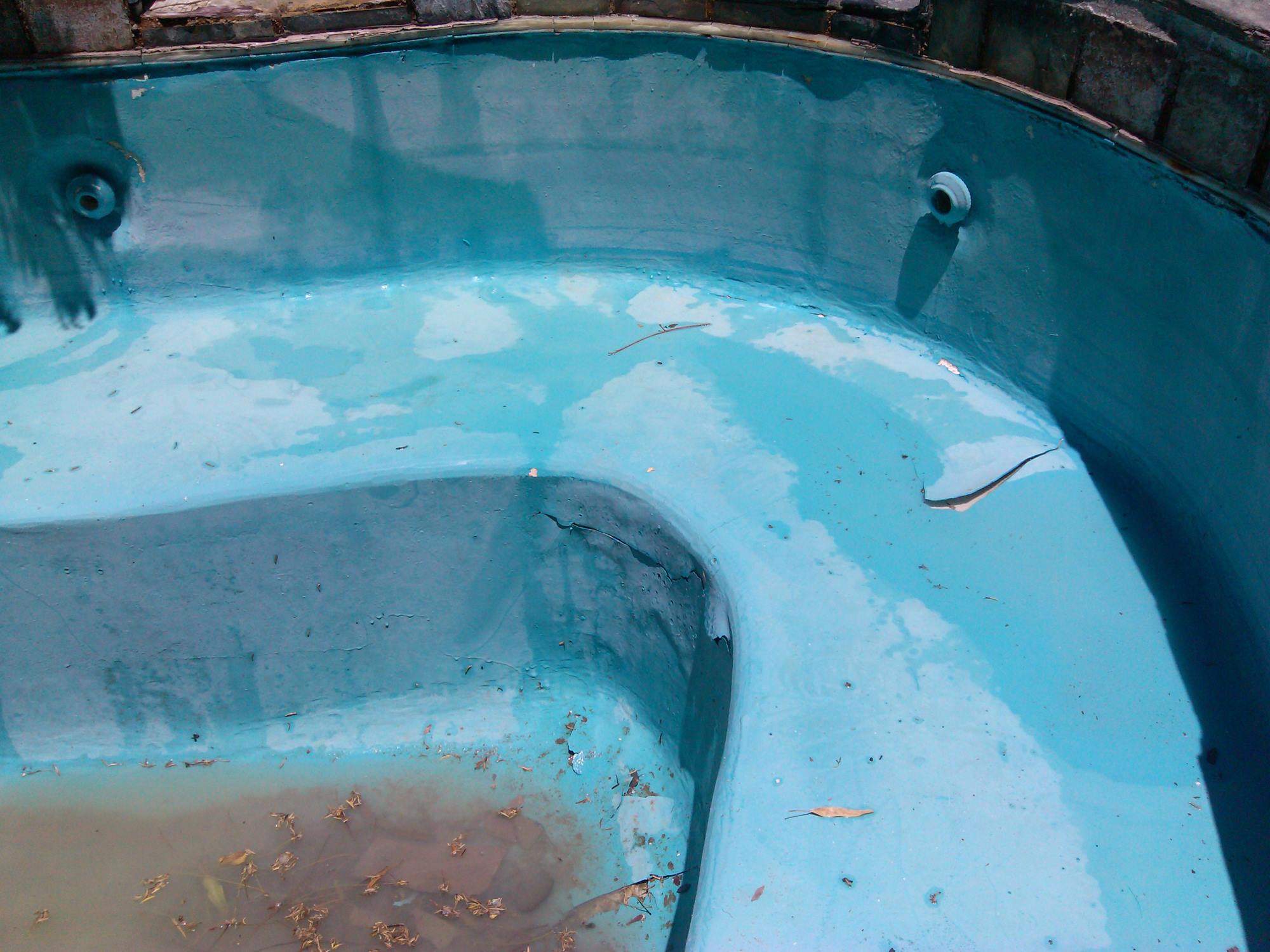
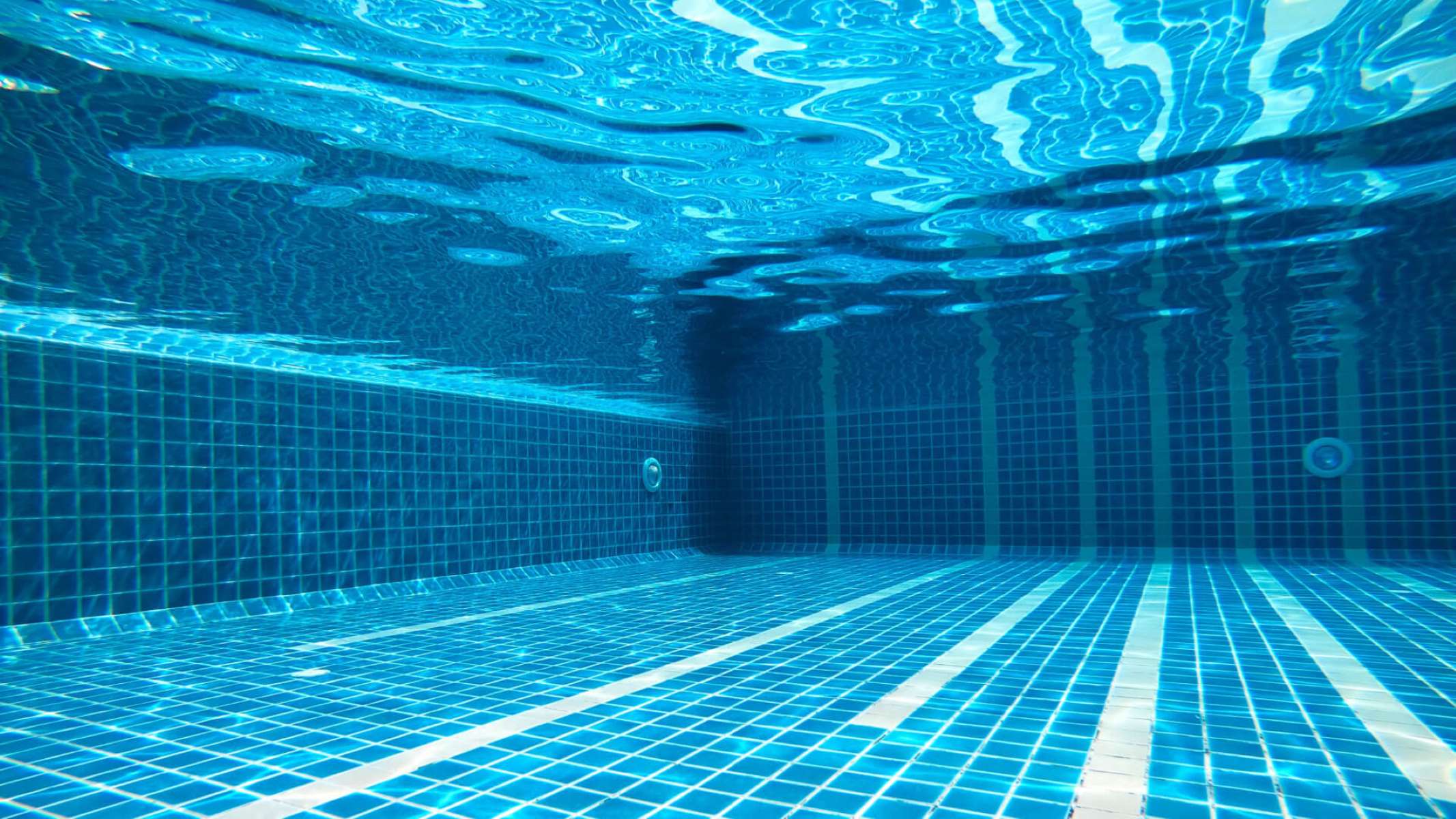
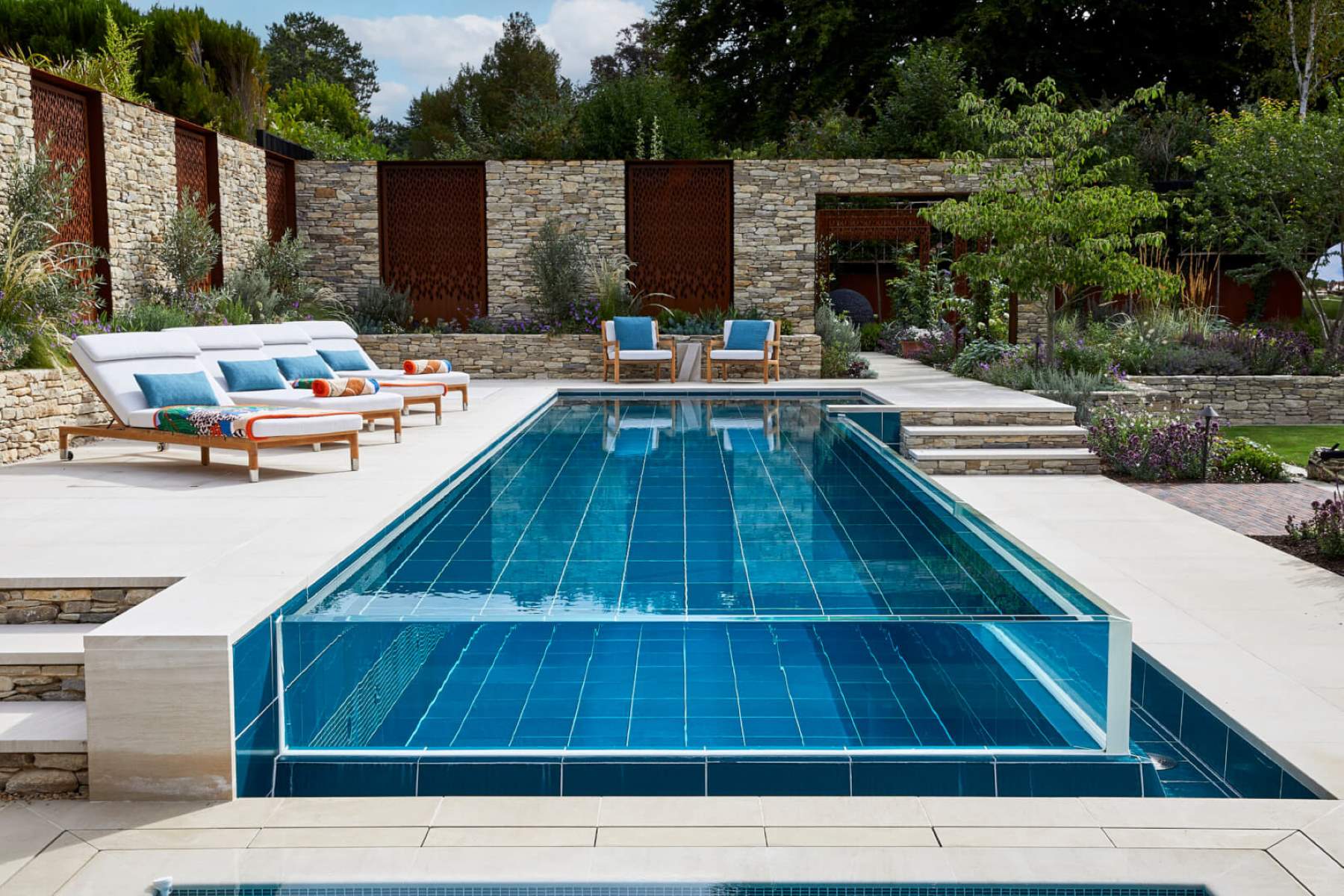
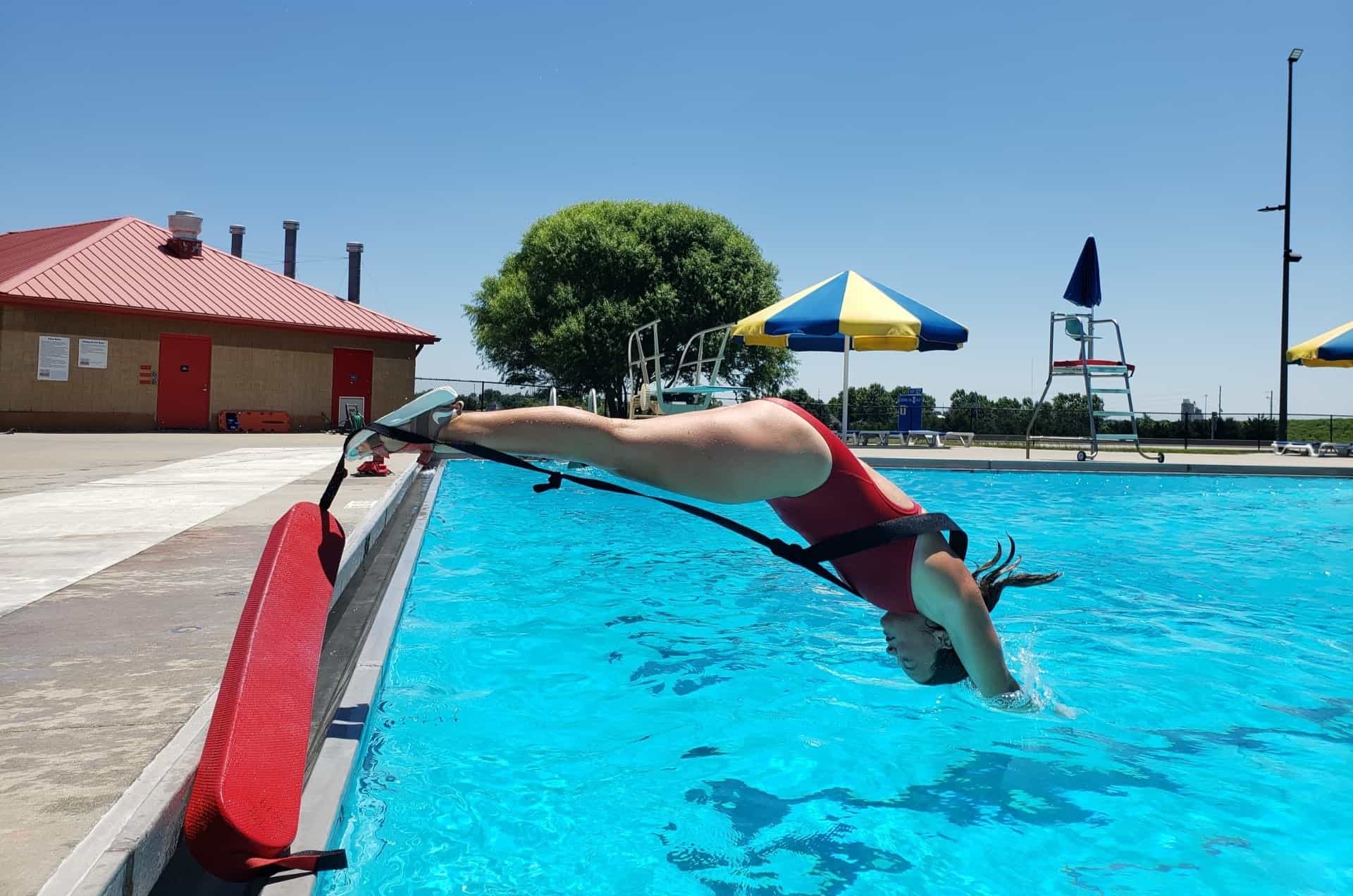
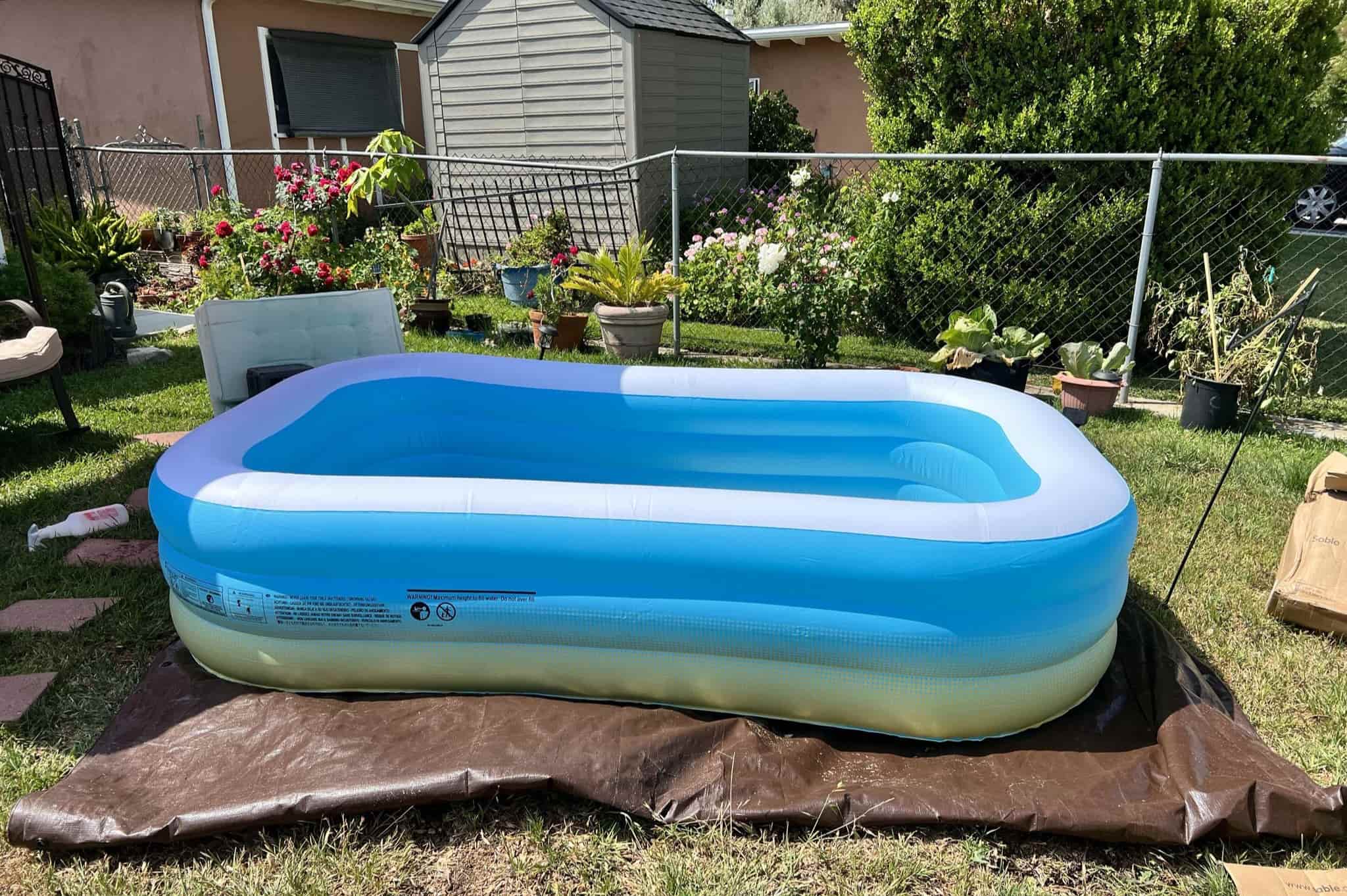
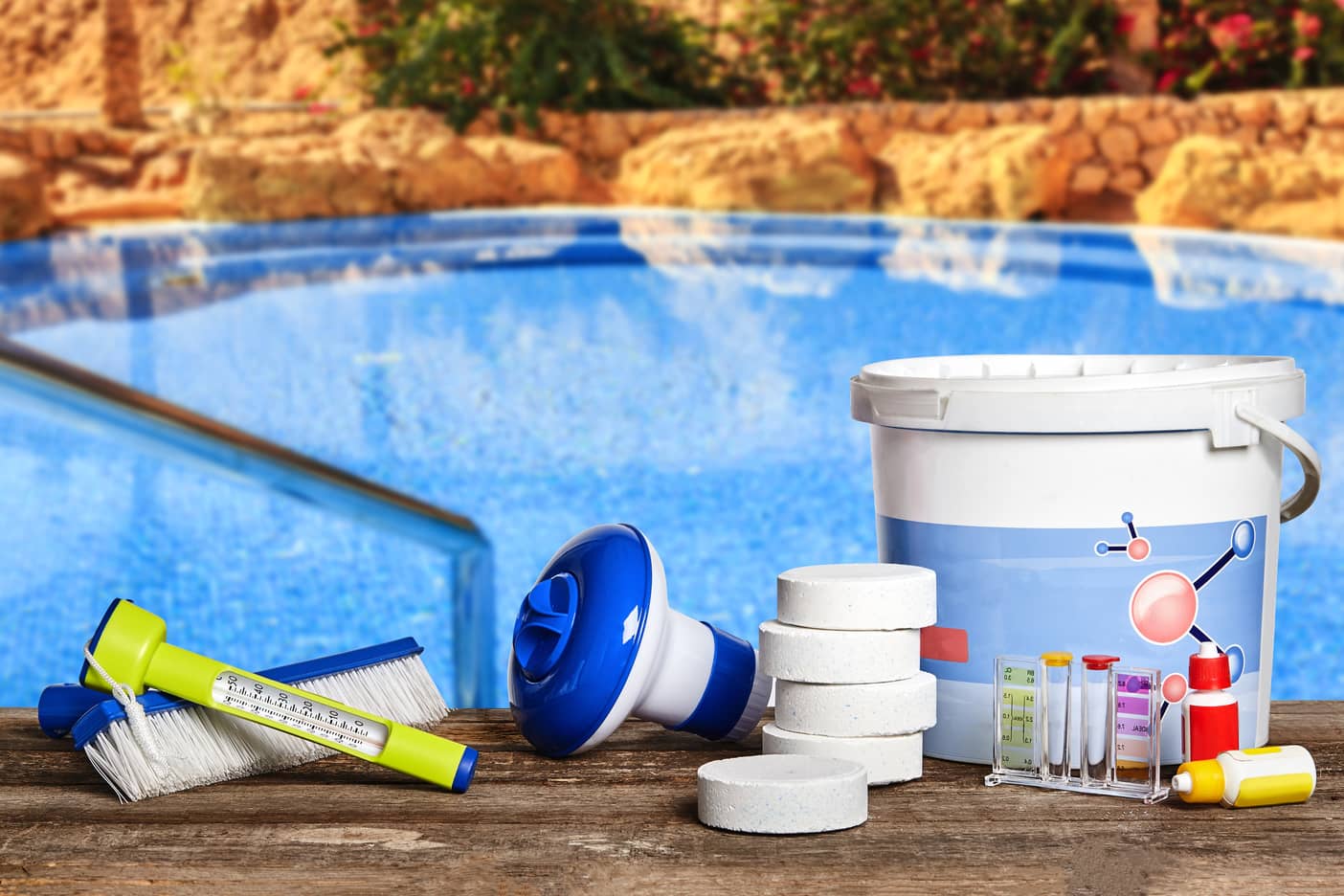



0 thoughts on “How To Build My Own Swimming Pool”